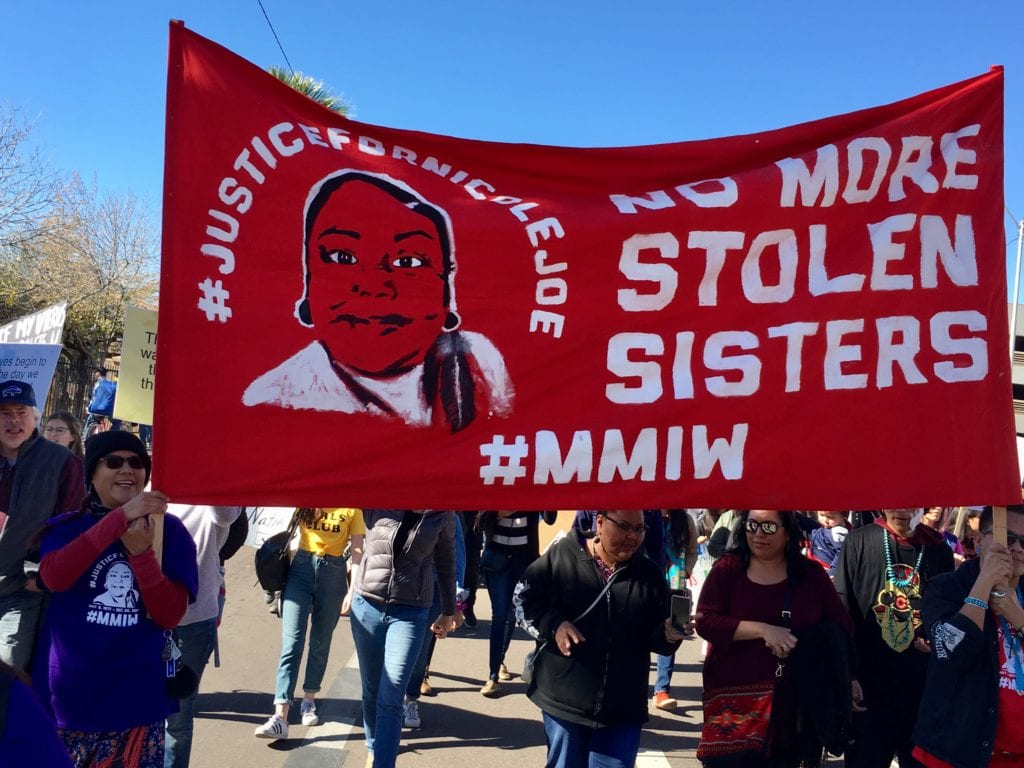
Why Are Cases of Murdered and Missing Indigenous Women Being Ignored?

The jurisdictional issues surrounding cases occurring on reservations is a giant knot of Christmas lights; difficult to unravel, involving federal, state, and tribal law. It can sometimes be unclear to investigating bodies exactly who should be looking for answers. These cases become stillborn while law enforcement plays jurisdictional musical chairs—trails go cold, witnesses disappear, or develop amnesia, evidence is eroded. These women are not likely to be found, nor are their cases likely to be prosecuted. The disappearance of Ashley Loring HeavyRunner is a chilling example. She went missing from the Blackfeet Reservation in Montana in June of 2017. Her sister begged for help from the Indian Bureau of Affairs, and the FBI did not investigate until March of 2018, nine months later.
Despite the fact tribes on the reservations are guaranteed self-government by the Constitution, the more serious crimes fall under the jurisdiction of the FBI. The FBI is not obligated to notify them if a member of their tribe is reported missing or murdered. On top of that, the crimes do fall under tribal jurisdiction are placed in the hands of a woefully understaffed force. “A lot of times it doesn’t go beyond the missing persons report,” said Marita Growing Thunder, a 19-year-old murdered and missing indigenous women (MMIW) activist.

It gets worse. In preparation for his film Wind River, director Taylor Sheridan paid a handful of lawyers to compile a statistic regarding murdered and missing indigenous women. After three months, they came back empty-handed, but had learned some disturbing facts along the way. As recently as 2013, sexual assault of a Native woman by a non-Native could not be prosecuted because it was a state crime on federal land. Natives accused of crimes against non-Natives can be prosecuted twice, by the federal government and by tribal police. This was rectified when the Violence Against Women Act gave criminal jurisdiction over non-indigenous people who commit sexual violence against Native American women.

Carie McMichael is the Communication and Media Specialist for Lauth Investigations International, a private investigation firm based in Indianapolis, Indiana–delivering proactive and diligent solutions for over 30 years. For more information, please visit our website.
